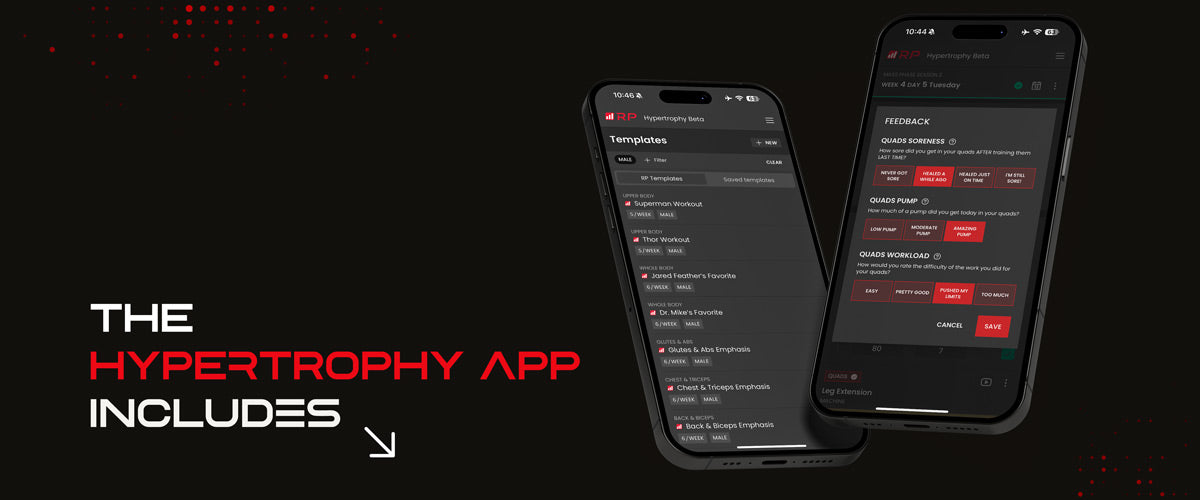TL;DR
Taking time off from training doesn’t mean you’ll lose your gains forever. In fact, smart breaks and volume cycling could actually help you grow more muscle in the long run. Mike chats with Josh Pelland, PhD from Data Driven Strength, who shares research findings showing that muscle is eager to regrow after time off and that more training volume leads to more growth—but with diminishing returns. They explore the science behind optimal volume, frequency, and the idea of “resensitization” after time off.
Intro: Gains, Science, and Taking a Breather
Mike from RP Strength is joined by Josh Pelland, PhD, one of the minds behind Data Driven Strength, to dive into one of the most comforting truths in lifting: muscle you lose comes back fast. The two break down new findings from a series of meta-regressions that explore the sweet spot between volume, frequency, and the underrated power of taking a break.
Volume Matters, But There's a Catch
According to the research, more training volume typically results in more hypertrophy—up to a point. The data shows a square-root curve, meaning gains slow down the more you add. So going from 5 to 10 sets a week is great, but going from 20 to 25? Not that impressive. In short: more isn’t always better.
Importantly, Mike and Josh explain that a big part of smart programming is knowing when to increase volume—and when to pull back.
Training Frequency: It’s Complicated
When it comes to how often you train a muscle group, Josh’s findings reveal that frequency alone doesn’t make a huge difference—at least not beyond training each muscle twice a week. What really matters is how much total volume you’re getting in over the week and whether your recovery can keep up.
Resensitization: Muscle Memory and Strategic Time Off
One of the juiciest takeaways is the concept of “resensitization.” Muscles that take a break become more sensitive to training again, which can make them grow faster when you return. Mike highlights a 2013 study showing that subjects who took periodic breaks ended up just as jacked as those who trained continuously.
This opens the door to smarter training plans—like focusing on one muscle group while maintaining another, or cycling volume for longevity and reduced injury risk.
The Takeaway: Smart Training Wins
Whether you’re an overthinking OCD gym rat or someone who just wants to train smarter, this conversation delivers. Knowing that breaks won’t destroy your gains—and might even help—can be a game-changer. By dialing in your volume, respecting recovery, and embracing the occasional deload or maintenance phase, you’re setting yourself up for long-term success.
